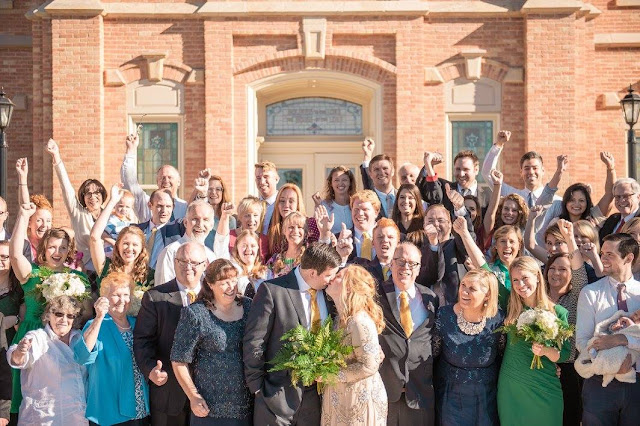"Behold our family (and friends) here assembled. We thank Thee for this place in which we've gathered, for the love that unites us, for the peace accorded us this day; for the hope with which we expect the morrow, for the health, the work, the food, and the bright skies that make our lives delightful; and for our family and friends in all parts of the earth. Let peace abound in our small company. --Robert Louis Stevenson
Today is my third Thanksgiving here in Qatar. I have celebrated with people from India, Pakistan, Jordan, UK, Canada, and many other countries in our Thanksgiving feasts. Some of them have heard about Thanksgiving from movies, and they wanted to get a peek into our American holiday. I have not always had a turkey and the usual pumpkin pies with them, but a more varied mix of food, like curries and meat pies. Yet the familiarities can, with some effort, be somewhat duplicated here. But today I find myself stripped of many traditions, and thinking about my abundant blessings.
 |
| I am thankful for wonderful family and friends who inspire and support me every day--at my daughter's wedding in September. |
 |
| I am grateful, more than I can ever express, to be able to walk again--after a bad fall. I never want to forget, ever, ever how lucky I am to walk. I want to always remember to walk in better paths. Blog post on Learning to Walk Again |
Now living far from Turkey Trots, Turkey Rolls (sliding a frozen turkey across a gym floor like a bowling ball) to knock some pins down, and more particularly family and old friends, we will continue our Gratitude Gatherings or Thanksgiving Eves. I can spend dozens of hours shopping and cooking a feast, and it can be gone in a few minutes. But the real bonds happen around the table, the UNO game, the nature walk--and those can be done anytime of year.
So light a large candle, and let the melted wax drip--until it vanishes away. Talk about your blessings. Express your love. Make every moment count. Turn your Thanksgiving into "Thanks Living."























